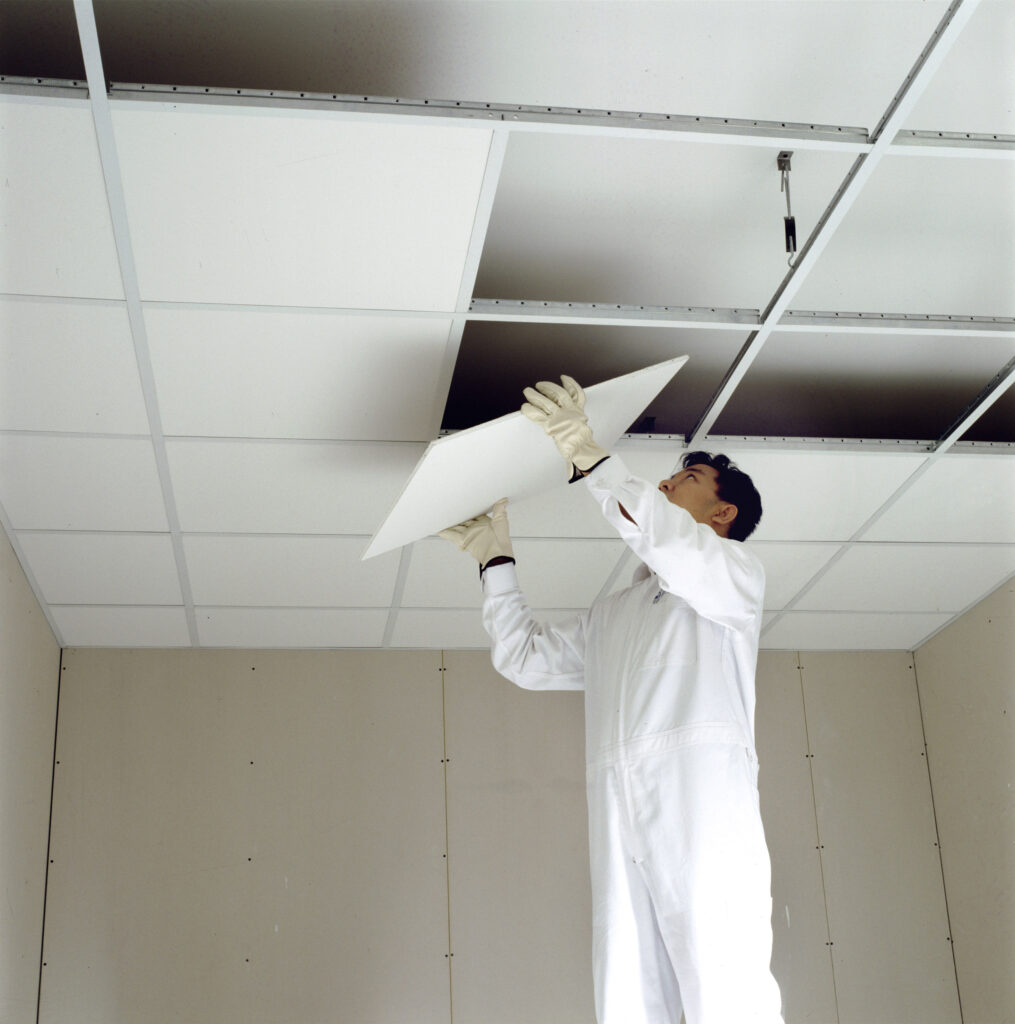False ceiling installation is a meticulous process that requires careful planning, skilled labor, and attention to detail. The installation begins with thorough measurements and assessment of the space to determine the layout and design of the false ceiling. This involves identifying the location of lighting fixtures, air vents, and other structural elements that need to be accommodated within the false ceiling structure.
Once the layout is finalized, the installation team proceeds to prepare the ceiling surface by ensuring it is clean, flat, and free from any debris or obstacles. Depending on the type of false ceiling being installed, the team may install a framework of metal channels or wooden battens to support the ceiling panels or tiles.
Next, the ceiling panels or tiles are carefully cut to size and installed onto the framework using appropriate fasteners or adhesives. Special attention is paid to ensure uniformity in spacing and alignment, as well as proper integration of any lighting fixtures or other accessories.
Throughout the installation process, the team adheres to safety protocols and guidelines to minimize risks and ensure a secure installation. Once the false ceiling is in place, finishing touches such as painting or decorative treatments may be applied to enhance its appearance and seamlessly integrate it with the surrounding space.
Overall, false ceiling installation requires expertise, precision, and coordination among various trades to achieve a high-quality result that meets both functional and aesthetic requirements. With proper planning and execution, a well-installed false ceiling can transform the look and feel of a space while providing practical benefits such as improved acoustics, insulation, and lighting options.
